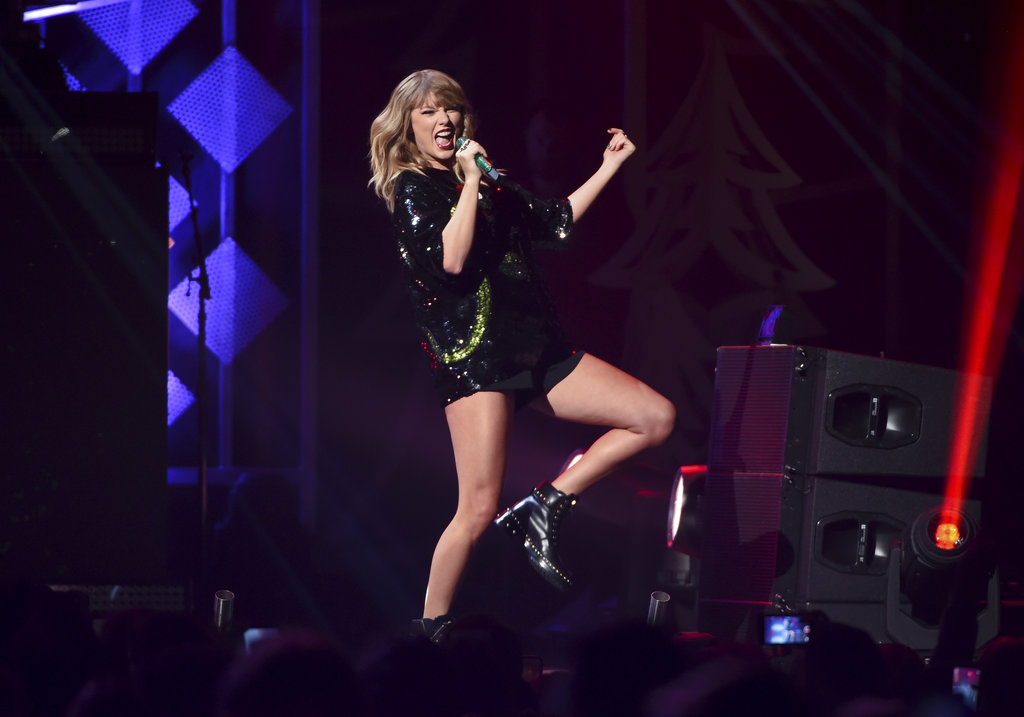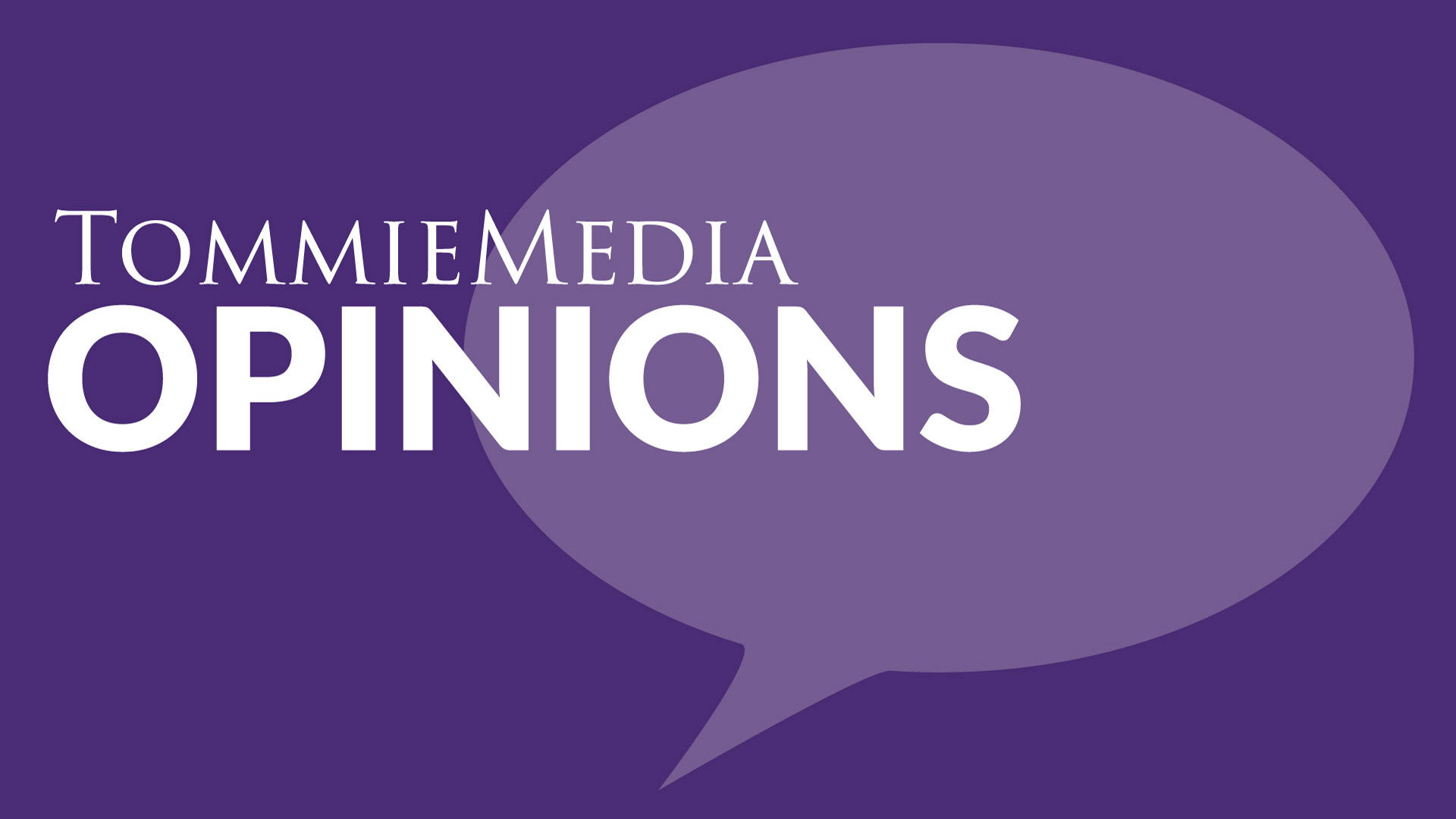
When big musical artists announce their concert tour is coming to town, loyal fans jump at the opportunity to buy a ticket. But for many, sticker shock soon sets in. Taylor Swift’s recent tour announcement includes U.S. Bank Stadium as one of the destinations, exciting news for local Minnesota fans. But those feelings of joy are soon followed with unease when shopping for tickets. While it is not uncommon to encounter expensive ticket prices for big name artists, Taylor Swift’s concert tickets are higher than most. Swift’s prices range from $145 dollars in the nose-bleeds, to nearly $900 dollars for seats near the stage.
 Similarly popular artists visiting the Twin Cities, like DJ Khaled and Demi Lovato, can be purchased for as low as $37 dollars. Taylor Swift’s prices are leaving many angered fans wondering if they can afford to see her perform. But with the way the music industry currently operates, purchasing concert tickets is the only method to truly support the musical arts.
Similarly popular artists visiting the Twin Cities, like DJ Khaled and Demi Lovato, can be purchased for as low as $37 dollars. Taylor Swift’s prices are leaving many angered fans wondering if they can afford to see her perform. But with the way the music industry currently operates, purchasing concert tickets is the only method to truly support the musical arts.
While big artists’ tickets at large venue seem expensive, listening to music today is cheap. Many of us rely on streaming services like Spotify, Apple Music and Pandora to listen to music. These services are offered at relatively low costs to consumers, often times even for free. This is vastly different from the days of buying full CD albums or individual songs on iTunes. This leaves one to wonder: are we actually shortchanging musicians?
According to Forbes, Spotify’s average payout per individual stream is $0.0038 dollars. These are miniscule profit margins for the work put into generating original musical content. This low-payout prompted some artists to temporarily remove their music from streaming services, including Taylor Swift. Her decision prompted a conversation surrounding the relationship between streaming services and artists.
In an interview with TIME Magazine, Swift explained, “I’m always up for trying something. And I tried it and I didn’t like the way it felt. I think there should be an inherent value placed on art. I didn’t see that happening, perception-wise, when I put my music on Spotify.”
With small profit margins from streaming services, big artists rely on tours to make their fortunes. According to Billboard, the 50 highest earning artists made 75 percent or more of their income from their ticket sales. One of those high earners was Justin Bieber, who made $1.9 million from streaming while amassing an astonishing $25.6 million from tour sales.
While Swift has since put her music back on Spotify, the point still remains. In the world dominated by streaming services, our monetary value placed on musical art has declined. We’re accustomed to cheap and often free music, leaving artists to rely heavily on ticket sales for income. With the majority of artists income coming from tours, supporting musicians’ concerts is the best option to continue getting the content we enjoy.
As the music industry continues to change with the times, the importance of the musical arts still remains. We as listeners, fans and consumers must support artists in whatever way possible. Given we no longer purchase music, we must be willing to pay the price for the music we enjoy, whether that be going to Taylor Swift’s massive U.S. Bank Stadium concert, or attending a coffee shop performance by a local artist.
Benton Johnson can be reached at bcjohnson@stthomas.edu.
